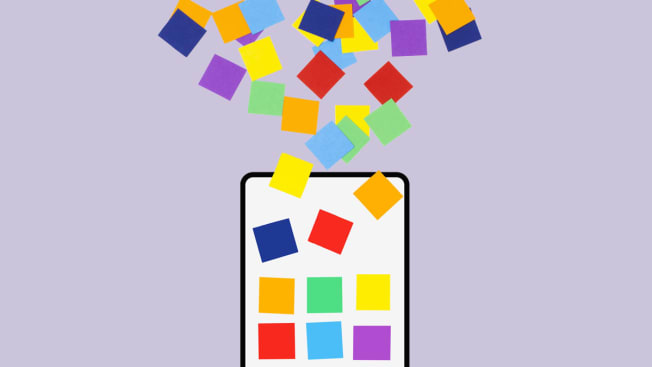How to Do a Social Media Detox in 2023
This four-step plan helped me cut way back on using apps like Instagram and YouTube and find more time for everything else

Last summer, I decided to do a social media detox, dramatically decreasing the amount of time I spend on platforms like Facebook and Instagram.
I didn’t swear them off completely, though. I still use Instagram to follow a handful of professional athletes and drool over finely crafted wristwatches. On YouTube, I watch technical analyses of major video game releases. And I use (what’s left of) Twitter to generally keep tabs on what’s going on here on Planet Earth. Bad news, mostly.
Step 2: Prune the Accounts You’re Following
If the usage numbers staring back at you seem excessive, it’s time to limit your exposure to some of the silliness that social media brings to your life.
Apps like Instagram and YouTube make it easy to see which accounts you’re following, and granular details such as which ones you interact with the most and which ones you’ve followed the longest. Use this information to inform your next move, unfollowing accounts that, to borrow a phrase from Marie Kondo, don’t “spark joy,” burying you with a cascade of low-quality content instead.
For me, YouTube was a huge time-sink. I lost countless hours watching video after video about the latest tech. Granted, I could sort of justify it as “work-related,” but there’s probably a limit to the number of Nvidia graphics card reviews even I need to consume.
Once you pare down the accounts you follow, you’re left with a better experience, without actually abandoning a platform altogether. Your Instagram feed is filled with fewer faceless brands and more friends and family. Facebook has fewer unhinged political rants from that guy you once met at a barbecue.
Step 3: Remove Phone Apps (No Need to Delete the Accounts)
Let’s say you’ve conducted a thorough audit of the accounts you follow, but still find yourself glued to your phone. It’s time to consider deleting some apps, at least temporarily.
This removes the temptation to see how many Likes you’ve gotten in the past 8 seconds or if perhaps your favorite athlete has retweeted a funny meme.
Don’t worry: Deleting the app from your phone does not delete your account. So go ahead and jettison Instagram during finals week or in the 48 hours before that big, first-quarter sales presentation, then reinstall it when you’re in the clear.
I found that Twitter was sucking up a huge portion of my time when it was on my phone. Now I only use the service on my desktop computer, which cuts way back on the mindless scrolling. It’s mostly just to follow soccer transfer rumors.
Step 4: Set Reasonably Achievable Offline Goals
The best way to spend less time scrolling and more time living is to have something more fulfilling to do with your time.
In my case, I decided to get better at jogging, something I’ve been terrible at my whole life.
“Get better” is relative, of course: I wasn’t trying to set any world records, just comfortably jog 1 mile, then 2, then 3, then my first 5K. Keeping track of my steadily improving VO₂ Max via my Apple Watch was a huge help.
David Morgan, a senior program manager for social media content at Consumer Reports, has been trying to cut back on his social media use, as well. He also likes the idea of swapping time spent on Twitter and Instagram for real-life activities.
“I find it helpful to have offline hobbies to counterbalance digital screen time,” he says. “I joined a billiards team this year, which takes me away from screens in a structured way. And because I spend so much time in front of screens for work, I prefer to read paper books rather than e-books on a Kindle.”
How well does all this work? Well, I’m more than a half-year into my social-media detox, and not once have I said to myself, “Gee, I wonder what’s trending on Twitter right now?”
I’m pretty sure you’ll feel the same way, too.
It’s nice to go on a bike ride without your phone buzzing about someone wanting to connect on LinkedIn. Brunch with friends is more enjoyable when you’re not glued to Instagram. (You actually get to talk and listen.) What will create more lasting memories: A Saturday at the local farmer’s market or reading random thoughts on, I don’t know, the refereeing in the World Cup final?
This is not to say that social media is pure evil and you should cut yourself off altogether. These services are fun and useful—they just don’t need to rule your life.
















